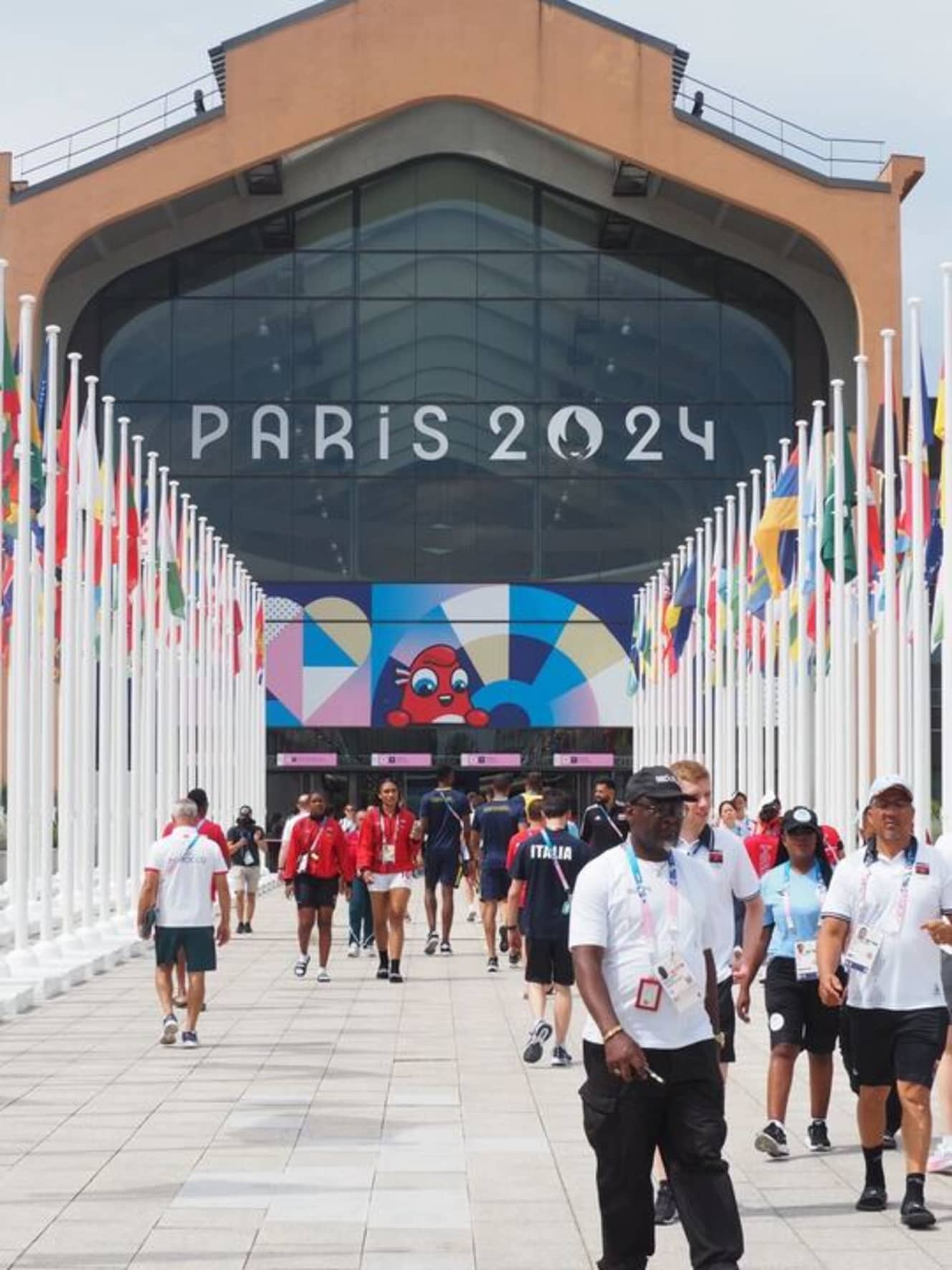Not Enough Food in the Athletes’ Village! The Japanese Olympic Athletes at the Paris Olympics are facing an “Unexpected Hunger Crisis” and their savior.
The full view of the Athletes’ Village of the Paris Olympics, which had been the topic of much discussion prior to the opening of the games, including “cardboard beds,” a “mental care center,” and “no air conditioning,” was unveiled to the media.
Inside the village, in addition to the athletes’ living quarters, there are spaces for napping, a café, and a souvenir corner, and many people could be seen riding bicycles around the vast grounds.
The shuttle buses that run through the athletes’ village are not functioning very well, probably because the competition has not started yet (on the 25th, the media opening day), so some of the athletes are renting them out. So some of the athletes are using loaned Bridgestone bicycles to get around. Those who reside in the athletes’ village can use the vending machines and café space for free by holding up their IC cards,” said a reporter who covered the event there.
Indeed, 500 ml bottled water, which cost 3 euros (about 500 yen) at the media center, 330 ml bottled cola, which cost 4 euros (about 670 yen), and hamburgers, which cost 9 euros (about 1500 yen), are also free.
In the main dining hall, which the media were not allowed to enter, flags of participating countries were flown, and athletes and staff from all over the world came and went.
The dining hall is not only a place to eat, but also a place to interact with athletes from other countries. The exchange of badges, a specialty of the Olympics, often takes place here, and sometimes you can even spot pickups (laughs).
(Laughs)” (A source involved with the Japanese athletes’ team) After prefacing his comment with “just ……,” the source points out a problem with the cafeteria.
‘The food is not bad, in fact it’s rather delicious, but I feel that the quantity and variety is less than in Tokyo. When I asked the person concerned, he said, ‘That is certainly true. It is simply that the supply has not been able to keep up with the demand. During the Olympics, which will be held over a long period of time, food is extremely important in terms of nutrition and stress relief, so I would have liked to have seen a little more systematic management. To be honest, I thought, ‘That’s right! I thought, ‘That’s right! I miss Japanese food more and more with each passing day, and I don’t know what to do. ……”
The “Japan House,” which serves as a base for disseminating information during the Paris Olympics and holding press conferences for medalists, was the first to catch on to this problem. On the fifth floor of the Japan House, located inside the Maison de la Culture du Japon à Paris near the Eiffel Tower, is a lounge that serves Japanese food to athletes and officials.
At the opening ceremony of the Japan House, which was open to the media, there was a tasting of Japanese food supervised by food manufacturer Ajinomoto and Japanese chef Ryuji Teshima, who won a Michelin star in Paris, as well as sushi, ramen, and udon noodles, which are served on a daily basis. The staff at the venue said, ‘There seems to be a shortage of food in the athletes’ village, so if we can be of any help, please contact us at ……,’ renewing their determination to support the athletes with food,” said a reporter who covered the event at Japan House.
TEAM JAPAN as a whole has launched an attempt to help the athletes in the athletes’ village who are facing a “hunger crisis,” which could be called a matter of life and death.





